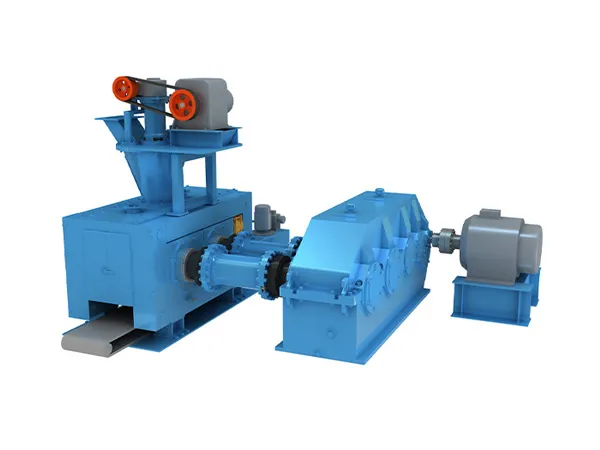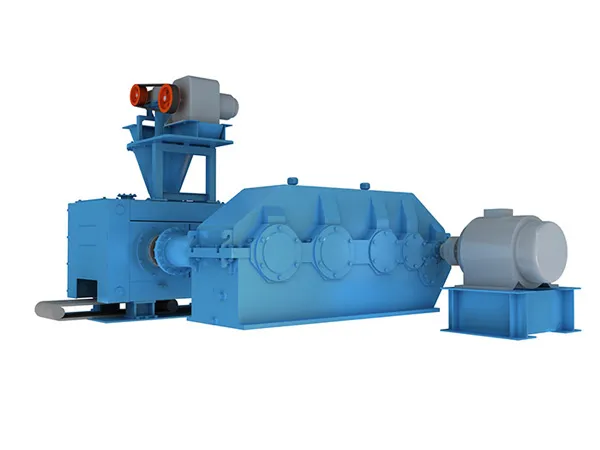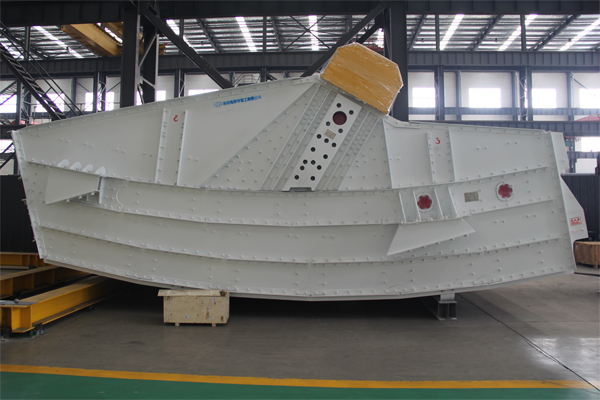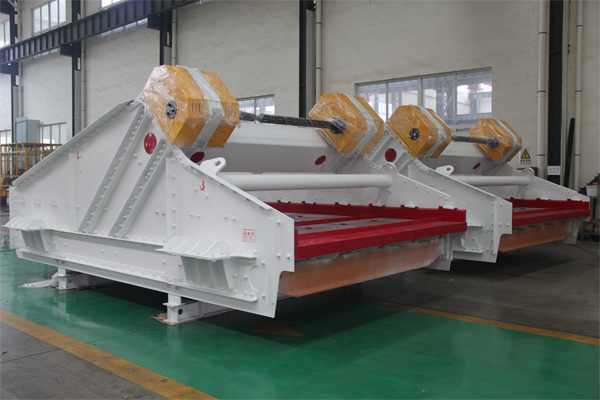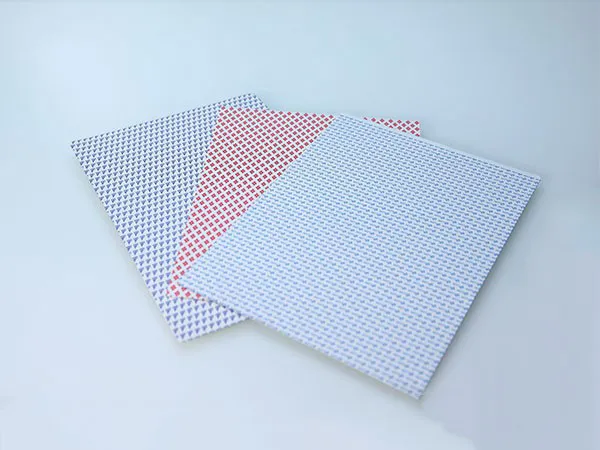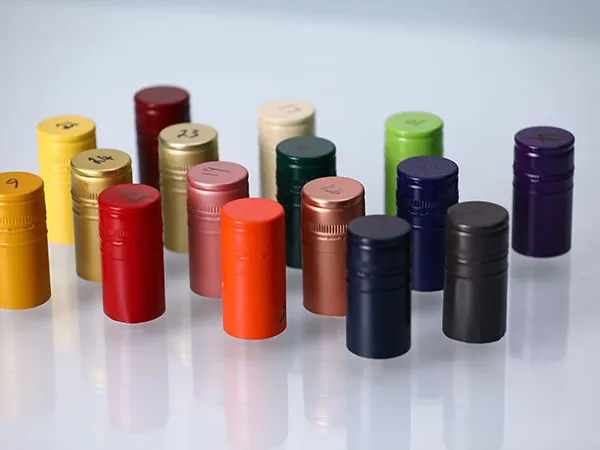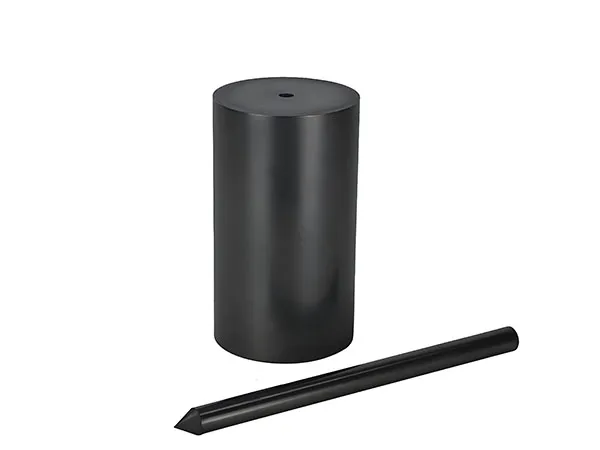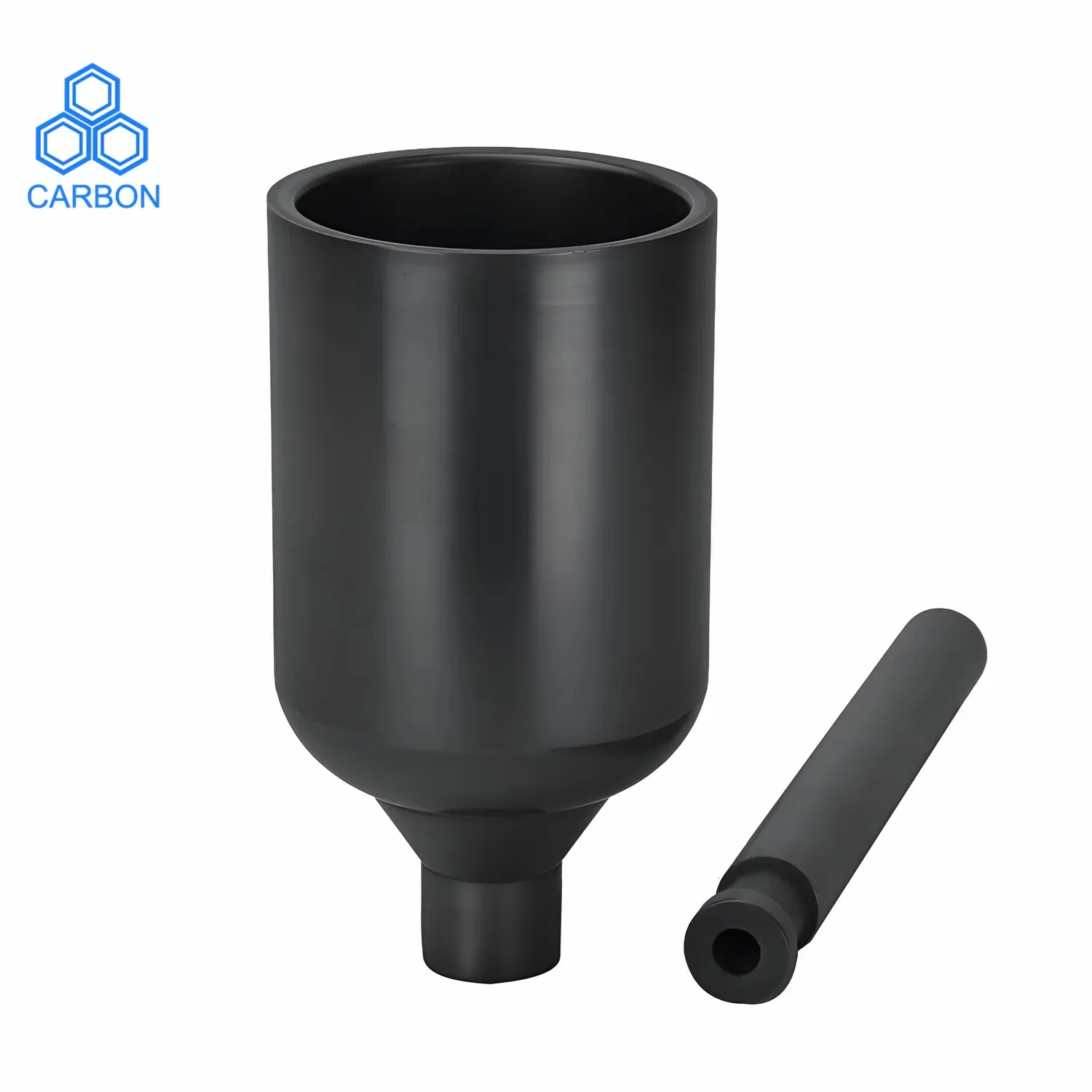UNA máquina de prensa de bolas, más comúnmente conocida como máquina briquetadora o briquetadora, Se utiliza para comprimir materiales en polvo o granulares en sólidos., formas uniformes (briquetas), a menudo se parecen a bolas, almohadas, óvalos, o cuadrados. Este proceso ofrece varias ventajas como un mejor manejo., almacenamiento, transporte, y utilización de materiales nobles.
Ball Press Machine Application

Metallurgical Industry:
siderurgia: Briquetado de finos de mineral de hierro, mill scale, converter dust, flue dust, and other iron-bearing materials for charging into blast furnaces or direct reduction plants. This recovers valuable materials and improves furnace operation.
Ferroalloy Production: Briquetting fines of manganese ore, chrome ore, nickel ore, etc., for smelting furnaces.
Non-Ferrous Metals: Briquetting dusts and fines from copper, zinc, lead, and aluminum processing for recycling and smelting.
Lime and Dolomite: Briquetting quicklime or dolomite fines for use as flux in steelmaking, reducing dust and improving handling.
Carbón & Energy Industry:
Coal Briquetting: Compressing coal fines or dust into briquettes for industrial boilers, gasifiers, or domestic heating. This utilizes low-grade coal fines and reduces waste.
Coke Briquetting: Briquetting coke breeze (fine coke particles) for use in foundries or blast furnaces, recovering valuable fuel/reductant.
Charcoal Briquetting: Compressing charcoal powder (often with a binder) into briquettes for barbecue, industrial heating, or activated carbon production.

Químico & Mineral Industry:
Fertilizantes: While granulation is common, briquetting can sometimes be used for specific fertilizer materials or formulations to reduce dust and improve handling.
Salt Briquetting: Producing salt blocks or briquettes for animal licks or industrial applications.
Mineral Processing: Briquetting various mineral fines (p.ej., fluorite, magnesite, bauxita) for easier handling, transporte, or feeding into subsequent processes like kilns or furnaces.
Refractory Materials: Briquetting fine refractory powders before firing.
Environmental Protection & Waste Recycling:
Flue Gas Desulfurization (FGD) Gypsum: Briquetting FGD gypsum powder, a byproduct of coal-fired power plants, for easier handling and potential use in construction materials (p.ej., cement production).
…
More detailed information about the application of ball press can be clicked to visit: https://www.zymining.com/en/a/news/ball-press-machine-applications.html

